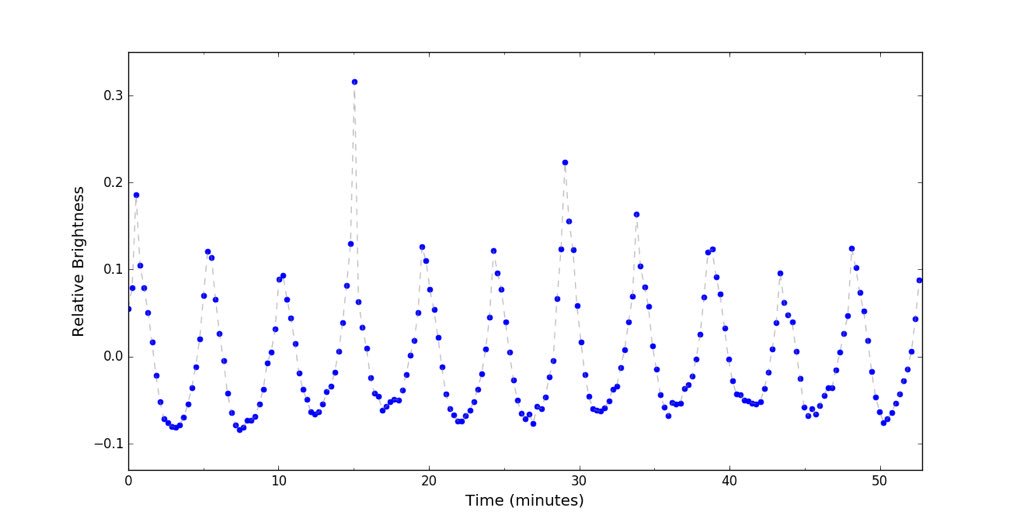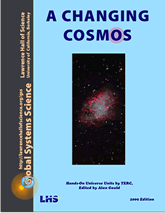AC7.2. Asteroid Search
In Chapter 1, we saw how asteroids can be major threats to the well being of life on Earth. You can find out more about the NASA efforts concerning near Earth asteroids at the NASA Center for Near Earth Object Studies:
https://cneos.jpl.nasa.gov/
The Hands-On Universe (HOU) asteroid search began as a research project started by high school teachers Hughes Pack and Tim Spuck in 1996. In October of 1998 students at Northfield Mount Hermon School in western Massachusetts, USA, discovered a faint and distant Kuiper Belt object, now known as 1998 FS144. The project has used images from large telescopes, observatory archives, and small telescopes for asteroid tracking, searching, and discovery. Currently, the International Astronomical Search Collaboration (http://iasc.hsutx.edu/), an educational outreach program for high schools and colleges, provided at no cost to the participating schools. IASC (pronounced “Isaac”) is a collaboration of:
- Hardin-Simmons University (Abilene, TX),
- Hands-On Universe, (HOU)
- Lawrence Hall of Science, University of California, Berkeley,
- Astronomical Research Institute (http://www.astro-research.org/ in Charleston, IL), and
- Astrometrica (H. Raab, Austria).
More asteroid classroom activities may be found on the WISE Asteroid Workshops page on the HOU website. This was a result of a collaboration of HOU with the NASA WISE mission (Wide-field Infrared Survey Explorer): http://wise.ssl.berkeley.edu/mission.html
WISE surveyed the whole sky in infrared light, producing an all-sky image atlas and catalogue of over 300 million infrared sources. In addition to asteroid research, WISE scientists studied the coldest and nearest stars, regions of new star and planet formation, the structure of the Milky Way galaxy, ultra-luminous infrared galaxies, and the large scale structure of the Universe. On the WISE Asteroid Workshops web page, you can find the workshop booklet Asteroid Wise which has six chapters: 1. Beware of Large Flying Objects (derived from A Changing Cosmos chapter 1)2. Astronomers’ Tools (A Changing Cosmos chapter 2)3. Asteroid Basics (basics of how asteroids are discovered) 4. How Close Will It Come? (derived from A Changing Cosmos chapter 4 on parallax)5. Spinning Space Rocks (asteroid light curves)6. Getting Involved in the Search (including IASC)
Chapter 5 on asteroid light curves has two parts: 22 Kaliope Light Curve and Rotation Period Of An“AsterSpud” (using a rotating potato as an asteroid simulation).
In February of 2018, after the launch of a Tesla Roadster into space, a team of astronomers were able to make observations of it and generate the light curve below that appeared in a tweet (https://twitter.com/jotajotahermes/status/962545252446932993):



